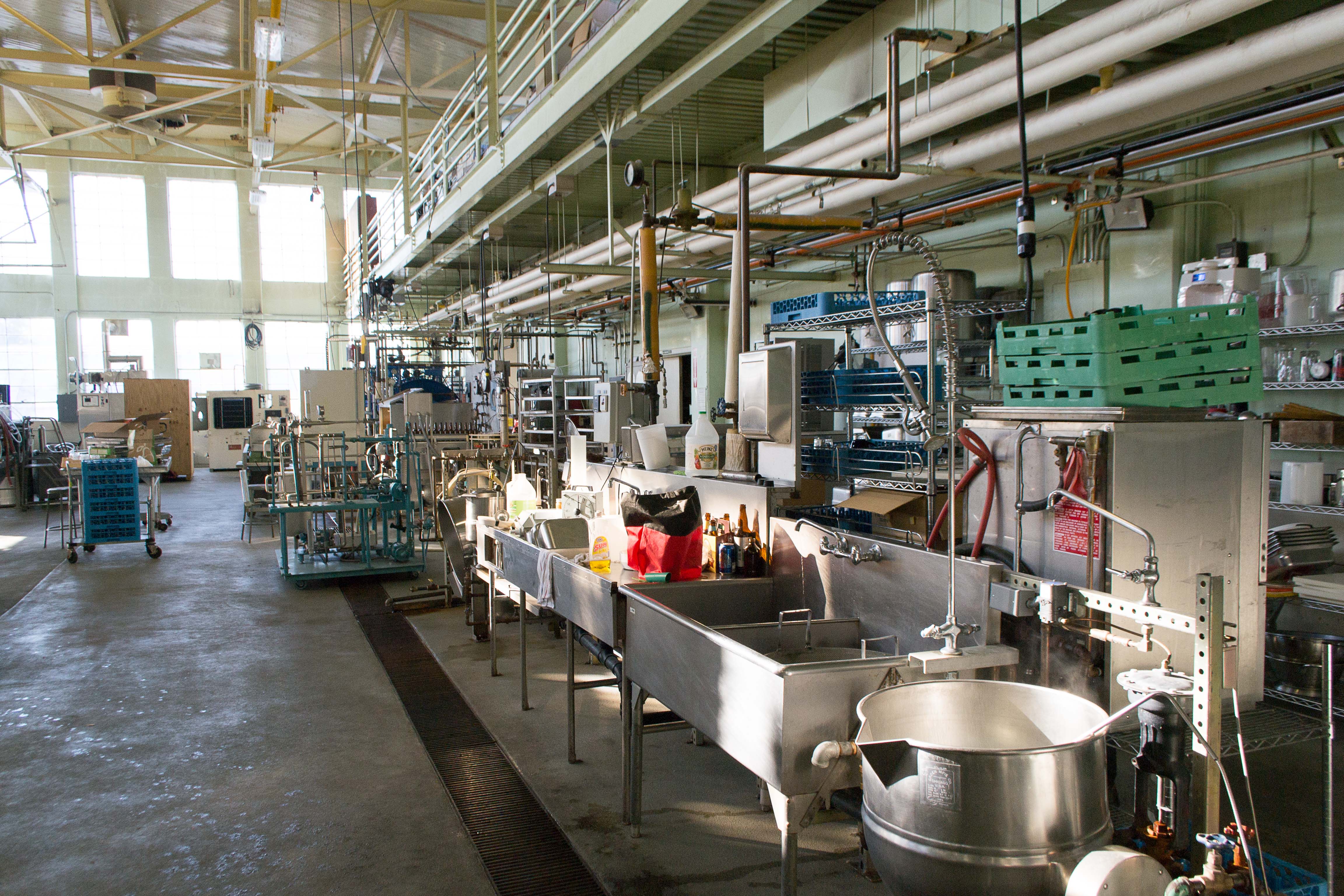
Photo from academic.microsoft.com
The vibrant colours of many plants are due to secondary metabolites, such as nitrogen-containing compounds, where betacyanins are included. These compounds can be found in plants such as Amaranthus caudatus… Click to show full abstract
The vibrant colours of many plants are due to secondary metabolites, such as nitrogen-containing compounds, where betacyanins are included. These compounds can be found in plants such as Amaranthus caudatus L. that, due to their high nutritional benefits, have been overproduced, which leads to the accumulation of large amounts of bio-residues. Among these bio-residues, the flowers which have a very intense pink colour and present no economic value or subsequent destination can be exploited as sources of natural colouring agents (betacyanins). This work aimed at characterising the flower’s extract in terms of bioactive molecules such as tocopherols, organic acids, but essentially in terms of betacyanins, in order to obtain a natural colouring agent. For the extraction, ultrasound-assisted extraction (UAE) ideal conditions were obtained using the Response Surface Methodology (RSM), allowing the attainment of an enriched extract of betacyanins in high yields and purity. The obtained extracts were analysed for their bioactive potential, namely antioxidant, antimicrobial and cytotoxic properties. From the obtained results, three isoforms of tocopherols were detected, β-tocopherol (0.884 ± 0.003 mg/100 g dry weight (dw)) being the most abundant one. Regarding the organic acids, oxalic (2.48 ± 0.05 mg/100 g dw), shikimic (0.170 ± 0.003 mg/100 g dw) and traces of fumaric acid were found. Four betacyanins were identified and quantified, namely: amaranthine (171 ± 1 mg/g extract), isoamaranthine (38 ± 1 mg/g extract), betanin (1.6 ± 0.1 mg/g), and isobetanin (1.3 ± 0.1 mg/g extract). The obtained extract also presented antioxidant activity with inhibition concentration (IC50 values) of 29.0 ± 0.4 μg/mL and 114 ± 4 μg/mL for Δt of 60 min and 120 min, respectively in the oxidative haemolysis inhibition assay (OxHLIA) assay. The obtained extract also presented an interesting antibacterial activity with minimum inhibitory concentrations ranging from 5 to 20 mg/mL against pathogenic bacteria and revealed no toxicity for normal cells.
Journal Title: Foods
Year Published: 2021
Link to full text (if available)
Share on Social Media: Sign Up to like & get
recommendations!